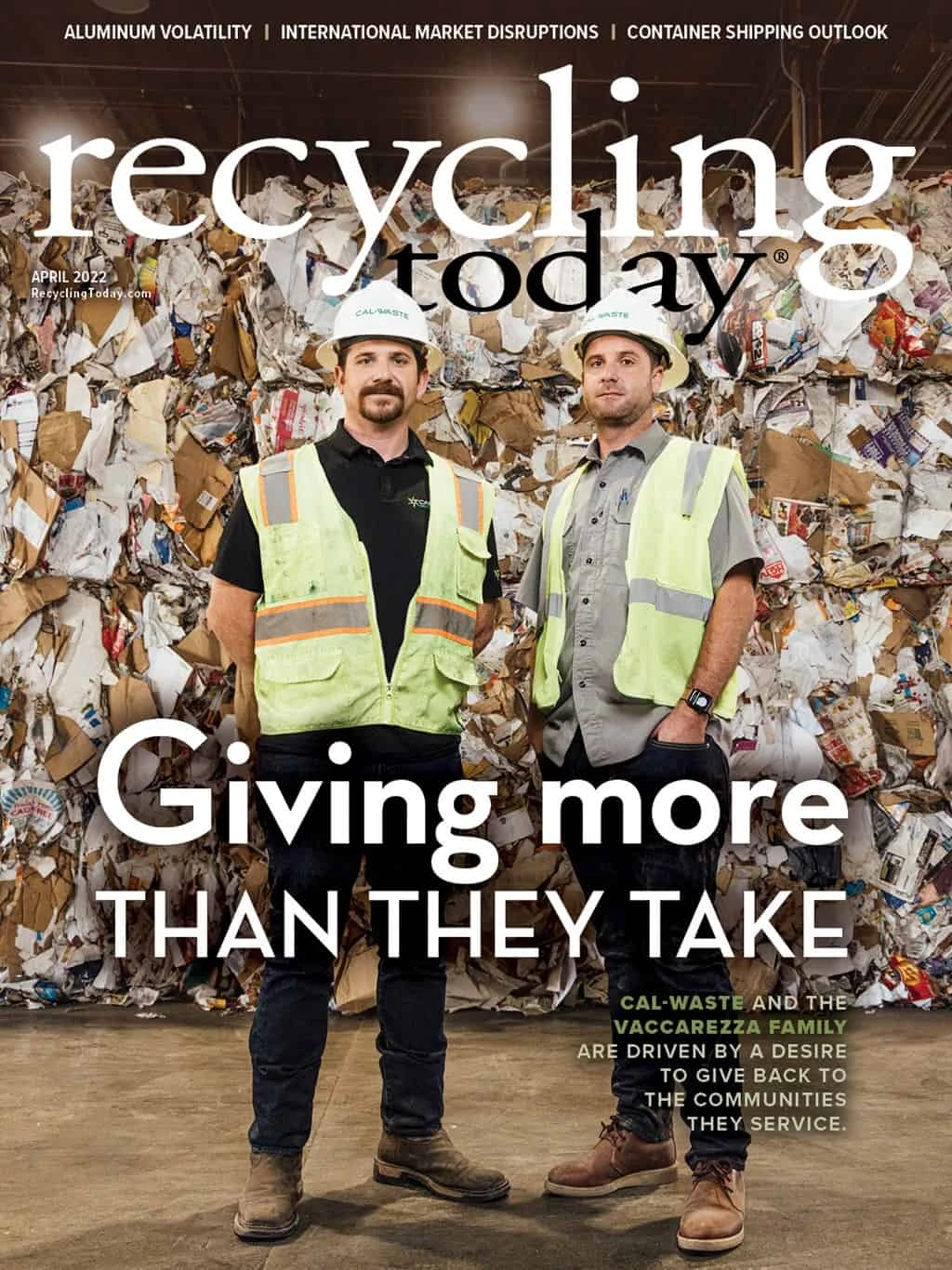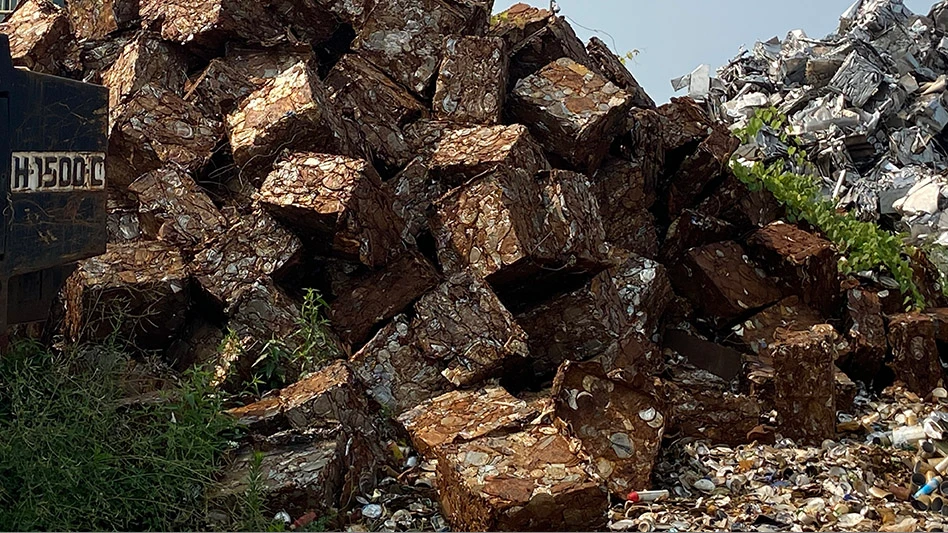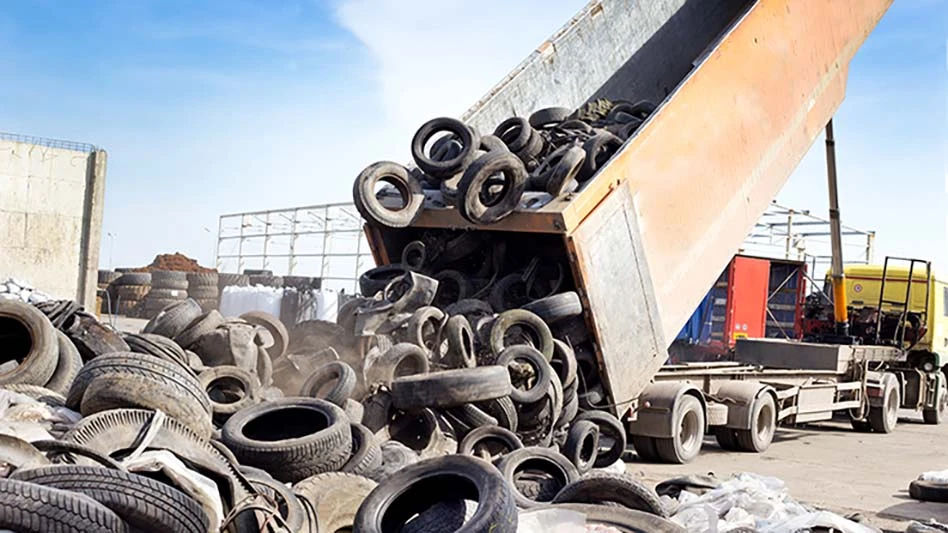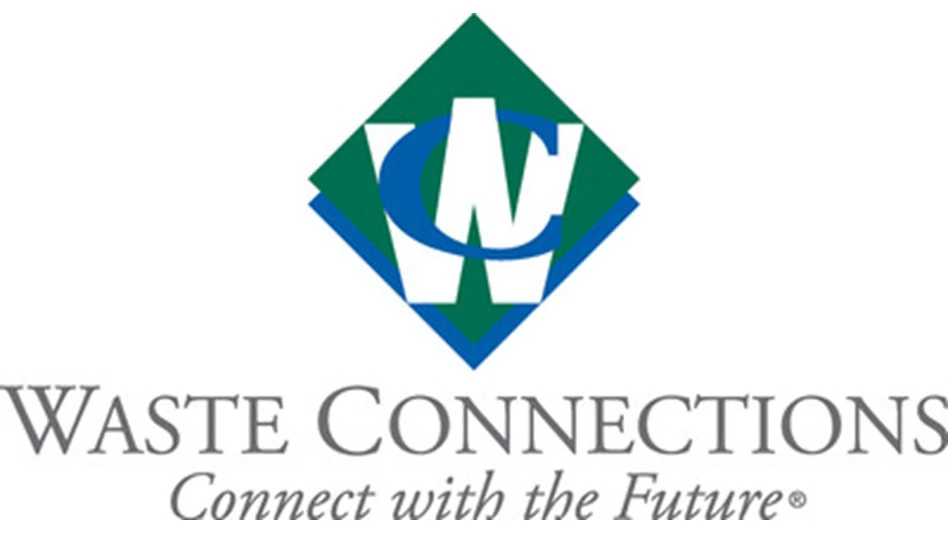 © ronstik | stock.adobe.com
© ronstik | stock.adobe.comMunicipal recycling contracts have changed in recent years in response to increasing contamination and commodity market volatility. They also reflect the need for municipalities and processors to work together to create sustainable programs that benefit all parties, says Michelle Leonard, senior vice president at Long Beach, California-based SCS Engineers and the company’s resident expert on solid waste planning, recycling and sustainability.
Leonard says she’s noticed four trends emerge in contracts for recycling services in the last five years that involve the assessment of contamination fees, the establishment of performance standards, outreach and education requirements and the changing material stream.
Some of these trends stem from issues that are interconnected. For instance, outreach and education have grown more important as contamination in the recycling stream has increased, which is influenced in part by changes in consumer packaging that leave residents wondering if an item is recyclable. When in doubt, residents don’t always throw an item in the trash but instead toss it in the recycling bin, hoping it is recyclable. The industry has come to call this wishcycling.
Contamination in the recycling stream has a tangible effect on material recovery facility (MRF) operators, increasing their residue rates and disposal costs at a minimum and jeopardizing the viability of entire loads of material or, depending on the nature of the contamination, even leading to fires.
Profits and losses
When Recycling Today hosted its State of the Municipal Recycling Industry roundtable in the spring of last year, participants who represented municipalities pointed to the increased use of excess contamination fees in their contracts with MRF operators.
Shelby Lewis, recycling coordinator for the city of Tampa, Florida, Department of Solid Waste & Environmental Program Management, said the city’s contract included such a fee, explaining, “So, on top of your processing fee, they do a [composition] study. It was designated materials versus nondesignated materials, and then it came out with what our composition contamination rate is.”
Lewis said Tampa’s contamination rate was determined to be 35 percent. The city was charged an excess contamination fee of $150 per ton in addition to its $90-per-ton processing fee.
“It was a huge hit to us because that is a huge cost,” she added. “We are hoping that, as the market recovers, something like that won’t be necessary in the contracts.”
During the roundtable, Jeff Snyder, director of recycling at Cincinnati-based Rumpke Waste & Recycling, said the high level of contamination coupled with low commodity prices made these fees necessary.
When asked if she’s heard of many municipalities pushing back on these fees, Leonard says, “I don’t think they have a choice,” noting that they were an outgrowth of China’s National Sword initiative and because MRF operators can no longer market recovered commodities with high levels of contamination.
“Certainly, one way to combat contamination is with the implementation of those fees,” she says.
Leonard adds, “However, as the markets are rebounding and we’re finding new markets for materials domestically, I think that there will be some pushback or at least some negotiations on those contamination fees.”
These fees vary by contract. “Some are a penalty; some are a reduced revenue,” she says. In some cases, MRFs could just reject the load altogether, Leonard says.
The composition of a municipality’s incoming loads is established at the outset of the contract, she says, and then monthly or quarterly assessments are performed and compared with the original analysis to judge whether contamination has increased or decreased.
“There’s typically a methodology that’s included in the contract that indicates how those studies are conducted,” Leonard says. “Then the municipality will have the ability to review the results of the analysis and come and have that discussion with the processor.”
The use of performance standards in contracts also has emerged as a trend, she says. They can include terms, obligations, termination rights, responsibilities and the rights of both parties, administration tools and compensatory and payment structures, Leonard says.
MRF operators have instituted processing fees in some cases and adjusted their revenue sharing models in recent years in response to China’s exit from the recovered fiber and plastics markets late last decade, which caused pricing for these commodities to plummet initially.
The most common revenue-sharing model being used today is a weighted average commodity price, Leonard says, noting the model “takes into account the percentages or the material composition of the mixed recyclables and then the market price for each commodity, so that as those commodity prices change, the revenue sharing rate changes.”
Leonard says adjustments can be made monthly or quarterly and are based on the geographic location and the commodity market prices in that area.

Recycling education
The increased focus on contamination has led to contract language regarding recycling education.
Leonard says municipalities and their processing and hauling contractors must work together to address recycling education, with vendors helping with education and outreach. She adds that oftentimes the municipality will provide the door-to-door education and outreach if it is the collector. They also will share information on their websites and in customers’ bills.
However, if the processor is the collector, “they may be a little more responsible for that outreach,” Leonard says, which can involve tagging carts and bins that present ongoing contamination issues. She says this type of outreach can be most effective because it allows direct contact with the generator.
MRF tours also can be an effective education tool, Leonard says, as it gives the processor the opportunity to show the public how contamination affects operations.
Sponsored Content
Still relying on manual sorters?
Let AI do the heavy lifting. Waste Robotics delivers reliable, high-performance robots tailored for complex waste streams. They require minimal maintenance, are easy to operate, and are designed to boost your recovery rates. Smarter sorting starts with the right partner. Waste Expo Booth #1969 & REMA #2843
Click here to see our robots in action!Additionally, presenting about recycling at schools remains an effective form of community education, Leonard says, because the students bring those messages home.
To be the most effective, recycling education programs should employ a variety of tactics such as these. “Education is an ongoing process,” she says. “You have to be dynamic. The message we send today will be different than the message we sent last month because people tend to ignore that. We try to change things up a little bit and provide new information or [information] in a different format so that people pay attention and hopefully change their behavior. The really interesting part of communication is that if it sounds or looks the same for too long, people will stop paying attention.”
Leonard says some contracts are prescriptive in terms of the outreach and education requirements. She says these requirements can include providing a dedicated outreach specialist for the municipality, providing tours to schools and community groups, links to websites and the number of newsletters that must be distributed annually.
As end markets and consumer packaging change, residential recycling programs will continue to face challenges, Leonard says, necessitating ongoing education and collaboration between municipalities and processors.
The need to work together
The volatility introduced by China’s exit from the market has somewhat subsided as domestic markets have developed, enabling processors to make investments in the technology that will allow them to respond to the changing material stream, Leonard says.
Additionally, municipalities are “more realistic and accepting of the limitations of facilities,” she says, adding that they want to have recycling programs that are successful and not too expensive. “That goes back to that partnership and understanding what the capabilities of the processor are and working with them.”
Leonard says four or five years ago people were saying that recycling was dead. “China Sword really was a wake-up call for our industry.” She says the situation taught the industry that it has to be judicious about what goes in the bin; prioritize processing to produce quality, marketable materials; and develop end markets domestically. Recycling contracts have changed in response to these new realities.
Get curated news on YOUR industry.
Enter your email to receive our newsletters.

Explore the April 2022 Issue
Check out more from this issue and find your next story to read.
Latest from Recycling Today
- Lautenbach Recycling names business development manager
- Sebright Products partners with German waste management equipment company
- WasteExpo transitions to biennial format for enhanced experiences
- Study highlights progress, challenges in meeting PCR goals for packaging
- Washington legislature passes EPR bill
- PureCycle makes progress on use of PureFive resin in film trials
- New copper alloy achieves unprecedented high-temperature performance
- Gränges boosts profits and sales volume in Q1 2025







